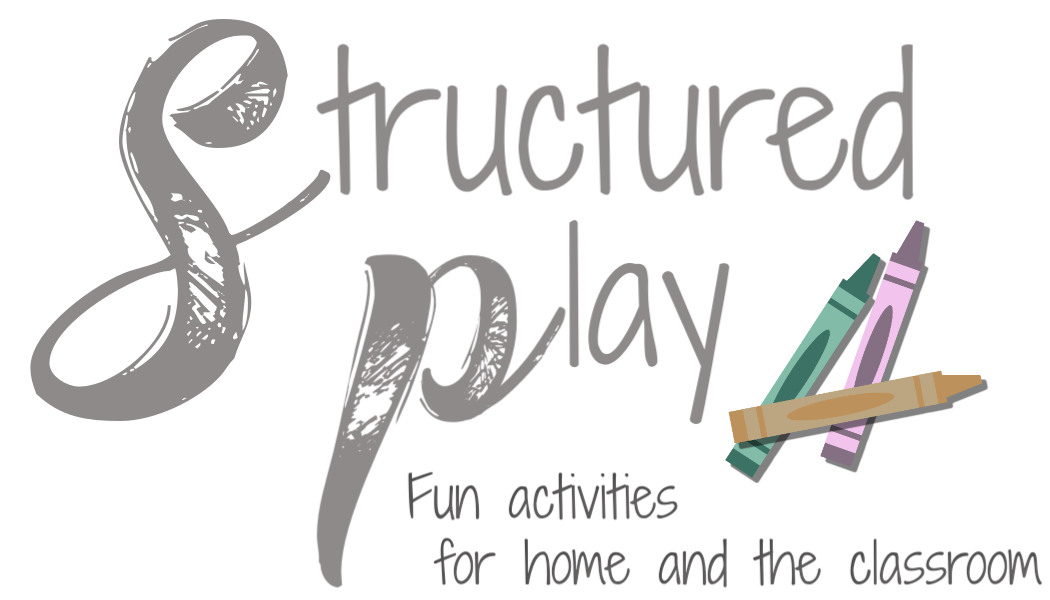What Should We Play?
Here are some examples to help you know what and how to play with your child.
Note: These are example of my son and I playing together. In some cases it involves my second son as well, but teaching play is not done with a room full of childhood friends. That is valuable on its own, but it is something different and works best with older toddlers/children. Children learn a lot from each other. You may find after spending time teaching your first or oldest child how to play they do the hard work for you for your subsequent children. My second son learned a lot from his big brother. I did have to sit down and help him with a few types of playing, like the farm, building with blocks and playing ball.
Dramatic Play Examples:
Physical Play Examples:
Constructive Play Examples:
Children learn how and what to play from life experiences. You do not have to buy anything special to play. Just use your imagination and what you have around the house. It is really important to expose toddlers to as many experience as you can. Once they start school time gets away from you and sports start, music lessons and our schedules get too busy. Take the time with your toddlers to go to Pick your Own Farms, Fire Station Tours, The Zoo, etc.
Field Trips:


Comments
Post a Comment